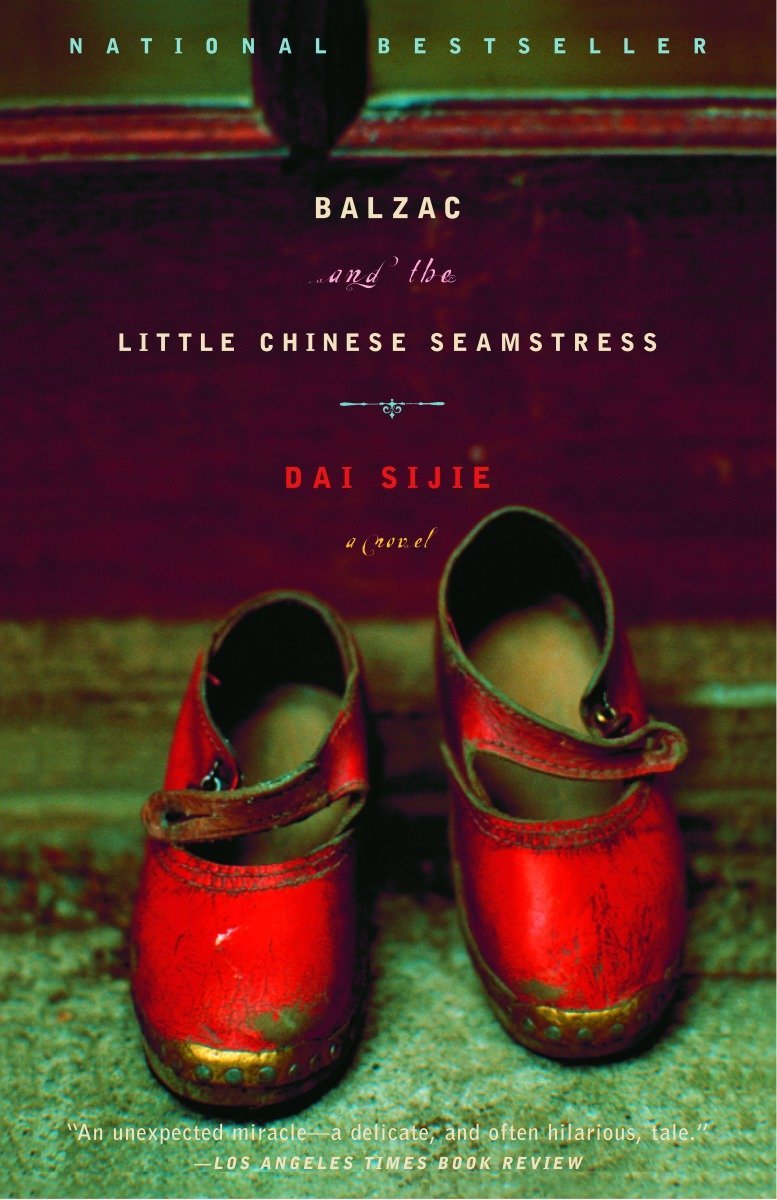- Mao Zedong
Have you ever read the book, Balzac and the Little Chinese Seamstress, by Dai Sijie? If you took World Lit. H and lived to tell the tale, I’m sure you have. If not, the novel is set around the 1970’s in China during the Chinese Cultural Revolution. The reader follows two teenage boys, the narrator and his friend Luo, through re-education. During this time, Mao Zedong, also known as Chairman Mao, was in charge and wanted to get rid of the old ways of thinking. He did this by deeming educated citizens “enemies of the state” (such as the two boys parents) and by sending the next generation to rural villages to undergo re-education from the village leaders.
Although, before the events of the novel took place, before Mao became a principal Marxist theorist, soldier, and statesman, and before he became the founder of the People’s Republic of China, he had to start somewhere.
As Mao grew into a young adult, he began to rebel against his parents. It was little things like not doing chores around the farm to flat out rejecting and refusing to acknowledging an arranged marriage. After this, Mao set out a larger neighboring county (Changsha) to get a higher education.
In 1911, fighting broke out against the Qing dynasty in Wuchang, the revolt spreading to Changsha. Mao was enlisted for 6 months as a soldier.
Spring of 1912, after he served Mao went to different schools and learned various trades. During this period of his life and afterwards Mao began to take a strong interest in Western Literature.
In 1918 he graduated from the First Provincial Normal School in Changsha and later went to Peking University (北京大学).
The following year, Mao began to get together youth groups and advocate for a government against Japan. This was also around the time his writings began to evidence of his future plans for a Communist China. Although 1921 was when he became fully committed to Marxism as the philosophical basis of the revolution in China.
After gaining control of the Chinese Communist Party in in 1935, Mao and his followers attacked the Chinese government throughout the rest of the 1930’s and World War 2. It wasn’t until 1949 when the People’s Republic of China was born.
The rest you could say, is history.


Something I found interesting in this post was Mao Zedong's restructuring efforts of China in order to achieve his goals. This move was known as the Great Leap Forward. This plan began in 1958 and was meant to reorganize the population to fit China's restructuring efforts after the war. The over aim of this plan was to focus more on China's vast population size over industrialization as the primary source of progression. One notable part of the Great Leap Forward was for every individual to have their own furnace. Ultimately, due to a number of incompatibilities however, this movement failed to fully develop China industrially.
ReplyDeletehttps://www.britannica.com/event/Great-Leap-Forward
This comment has been removed by the author.
ReplyDeleteCONTENT/TRIGGER WARNING - violence and suicide
ReplyDeleteI like how you wrote about Mao's childhood because I'd only really studied his political career and it was nice to have context for his political life. One thing Mao was known for was the decade-long Cultural Revolution starting in 1966 where people were sent to reeducation camps as you mentioned. During that time period, Mao also gave authorization for his Red Army to crack down on citizens and lead brutal attacks on protesters and those who were deemed too capitalist or right-leaning. In August and September 1966, there were 1,772 people murdered in Beijing alone. In September of that year, there were 704 suicides and 534 deaths related to the Red Army in Shanghai. The irony of the situation is that Mao tried to keep Western literature away from Chinese citizens because he didn't want them to fantasize democracy and freedom, despite the fact that he was influenced by Western literature when he was young (although it was Marxist).
Source:
https://en.wikipedia.org/wiki/Red_Guards#Attacks_upon_the_%22Four_Olds%22